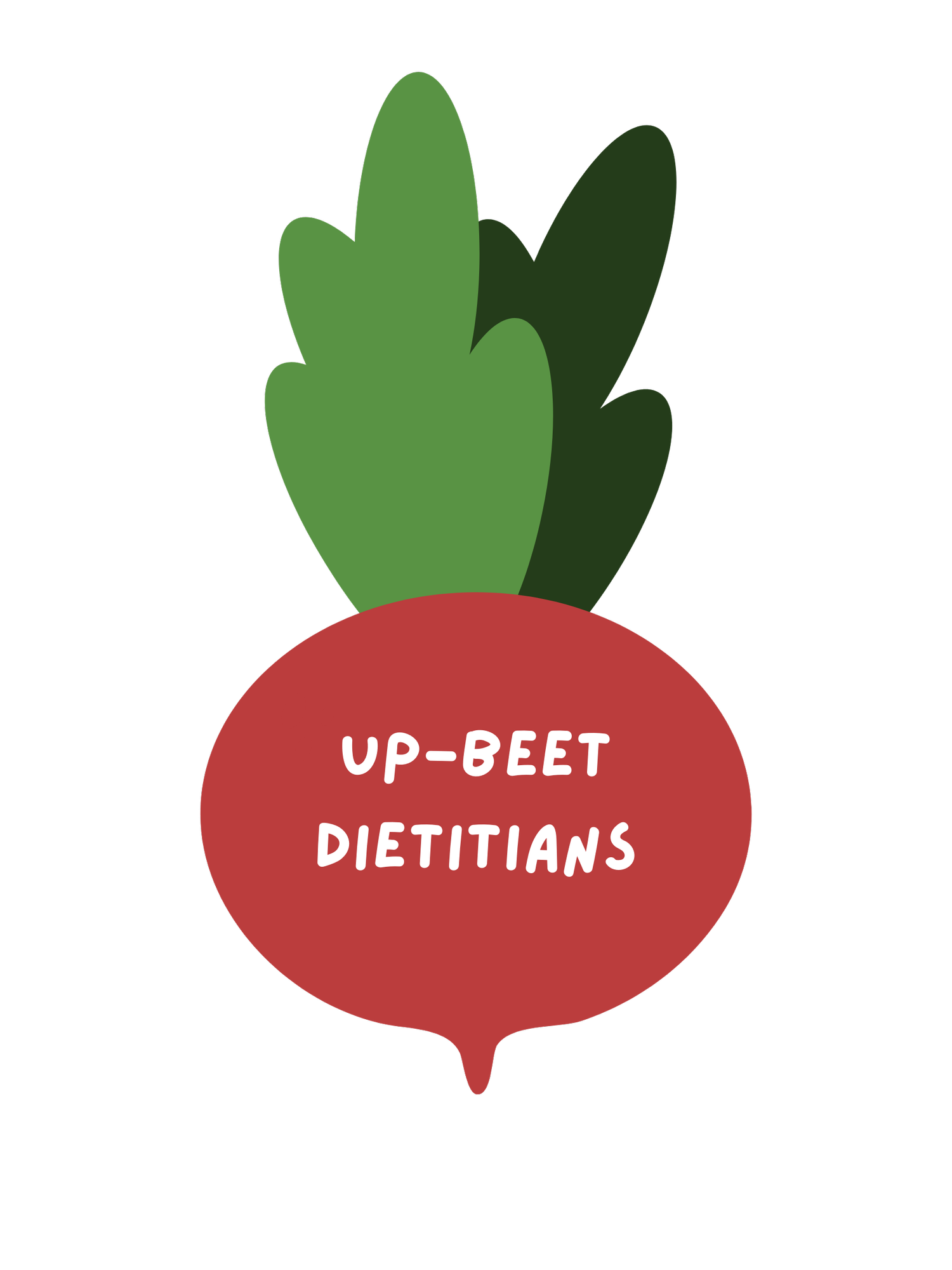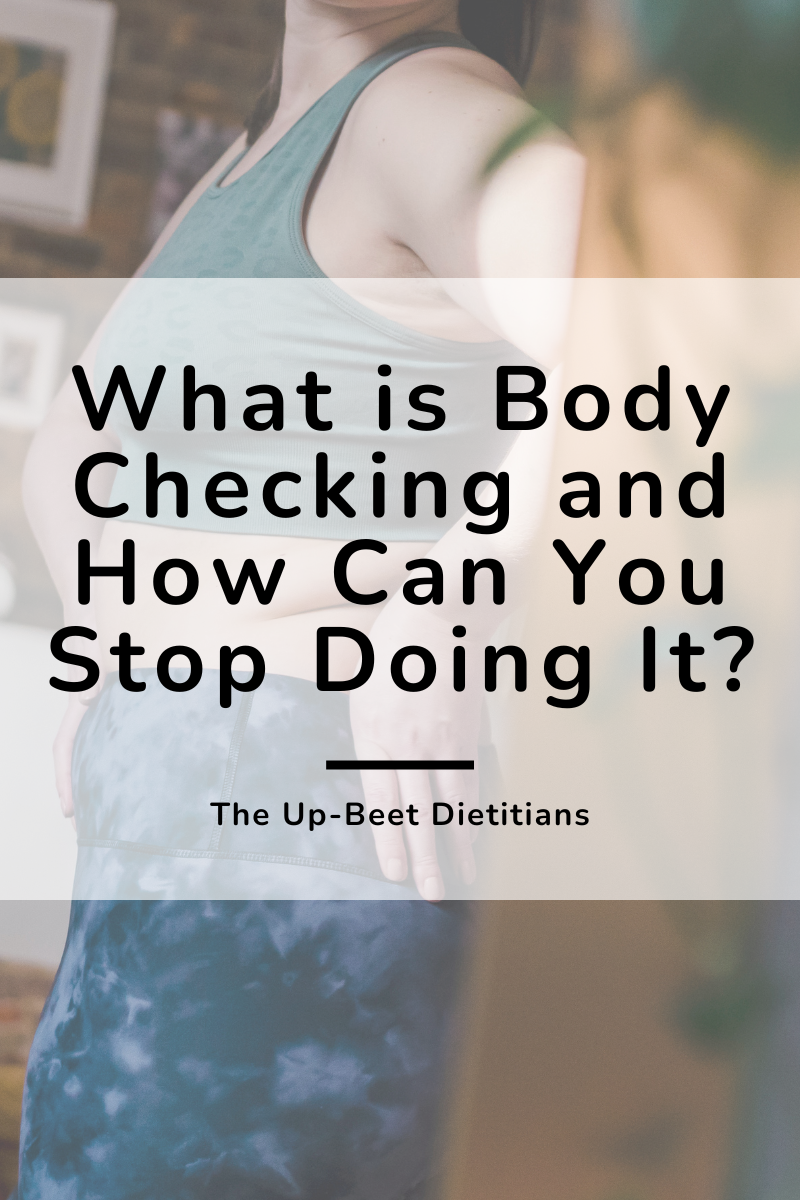Set Point Weight Theory: Why You May Gain Weight After Dieting
Written by: Hannah Thompson, RDN, LD, CPT
Does our body have a set weight it wants to be at? How can we find out what this weight is?
As we adopt intuitive eating, we are taught to take the focus away from the scale and shift our focus to respecting our body (check out this blog on all of the principles of intuitive eating). When we find food freedom and become intuitive eaters, our weight may increase, decrease, or remain the same depending on our starting point and what our set point weight is. This set point weight is the weight (actually, more like a weight range) that our body prefers to be at in order to function optimally. Allowing your body to settle at its set point weight is a huge part of finding food freedom for life.
What is the set point weight theory?
The set point weight theory describes that our bodies have a set point weight that they are programmed to be at and no matter how hard we try to change our weight (for example, through dieting), the set point weight theory states that our biology is going to fight us to settle around that weight. Any time we gain weight or lose weight, our body will compensate to get us to a set point weight range.
Our body weight is largely determined by genetics. When we don't try to manipulate it (through dieting, for example), this theory states that our weight should roughly hover around a similar range most of the time. Emphasis on the word RANGE. Our set point weight range is approximately 10-20 pounds and weight fluctuations are normal! There is not an exact weight that your body “needs” to be at.
The set point range is dynamic and complex - it can and will change. With different stages of life may come different set point weight ranges. For example, your set point weight range may change due to hormonal shifts, aging, and weight loss attempts. Despite what diet culture says, you aren’t meant to stay the same weight your entire life! (read: you do not need to get down to your high school weight.)
Our Set Point Weight is Like a Thermostat
A thermostat keeps the temperature of your house regulated at the same, comfortable temperature despite external factors such as the weather. If we open the window to try to manipulate the temperature, the thermostat will fight back to get the internal temperature of your house back to the set temperature.
Similarly, your body will try to regulate your weight to be at its set point, even if you try to manipulate it through dieting. If we do not adequately fuel our body, it will fight back by increasing our weight to protect us next time calories are scarce. This explains why chronic dieters often see increases in weight with each subsequent diet.
The Biggest Loser Effect
The Biggest Loser is a very popular example of this "thermostat" effect. Many contestants on The Biggest Loser TV show initially lost weight. But a follow up study found that many of them gained some, if not all, of their weight back and they experienced decreases in their metabolic rates.
These changes are not because they "lacked willpower" or were "too lazy" to keep the weight off. It is because their biology was fighting to get them back to a set point weight. The weight loss methods put in place on The Biggest Loser were very extreme (very low calorie diets and intense exercise for long durations). These methods of weight loss were unsustainable to begin with and weren’t set up for long-term success.
How do I know if I am at my set point weight?
Allow me to answer your question with a question - why do you want to know what your set point weight is?
If you feel uncomfortable at your current weight, you are hoping to lose weight, or you are fearing weight gain, this may be a good sign to dig deeper into your thoughts around body size. When you try to control your weight - even to get to your “set” weight - this can lead to feelings of deprivation that cause your body to go into the restrict-binge cycle.
There is not an objective way to figure out what your set point weight is. And that’s okay! Worrying about being above or below your set point weight is going to keep you in the diet cycle. The set point weight theory can be helpful for us to better understand the false sense of control that we have over the number on the scale. Because the truth is, it is impossible to know what weight you “should” be. Not to mention that your set point weight may be “overweight” or “obese” based on BMI. Which is more than fine because BMI is garbage.
That said, there are some signs that you may not be at your set point weight (hint: they all have to do with being in a diet mindset).
Signs you likely are not at your set point weight
You are always bouncing between diets to "get healthy"
It is hard to distinguish feelings of hunger/fullness
Your period has stopped or is very irregular
You go through periods of restriction and periods of excess
You feel that you are always thinking about food
You find yourself over exercising to "burn off" food you have eaten
How do I get to my set point weight?
Stop dieting
Seriously. We know that diets don’t work and attempting to manipulate your weight will only make it more difficult to find food freedom and, consequently, settle within your set point weight range.
Stop weighing yourself
Throw away the scale, especially if the number influences your food choices. This is an EXTERNAL piece of information. Trust what is happening internally.
Honor your hunger and feel your fullness
While it may take practice to feel and properly respond to your hunger and fullness cues, your body does have the internal wisdom to tell you when to eat. No diets or food rules needed! One helpful tool may be the hunger scale, which can be used to
Eat mindfully
Mindful eating practices will help you to pay better attention to your hunger and fullness cues. Start by limiting distractions like watching TV or scrolling on your phone while you eat. Eat slowly and assess your fullness level along the way.
Eat without judgment
Tune in and assess your food choices without judgment. If you noticed that you felt ravenous by dinner, ask yourself - “Why was that? Maybe because I skipped breakfast? How can I ensure that I get something to eat in the mornings? Or maybe I should add an afternoon snack?” Work WITH your body rather than against it.
Manage stress
Find ways to cope with stress. And be sure to get adequate sleep! Poor sleep and stress can affect hunger and fullness cues.
Eat balanced meals
Try to incorporate protein at each meal and snack to help regulate hunger/fullness cues. Severely restricting a specific macronutrient (ex: carbs or fats) will only cause more problems.
Bottom line
The set point weight range is where your body will settle as you begin to rely on your body’s internal wisdom about hunger and fullness cues rather than interfering with diets. It's a leap of faith! It can feel scary to let go of that feeling of control.
Want to learn more about Intuitive Eating and how to start your food freedom journey? Join our course to learn how!





